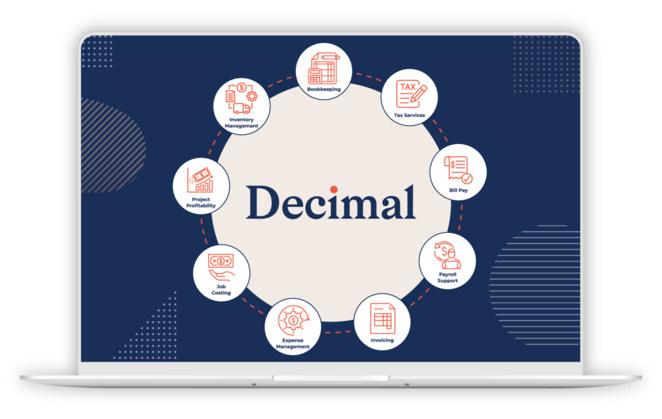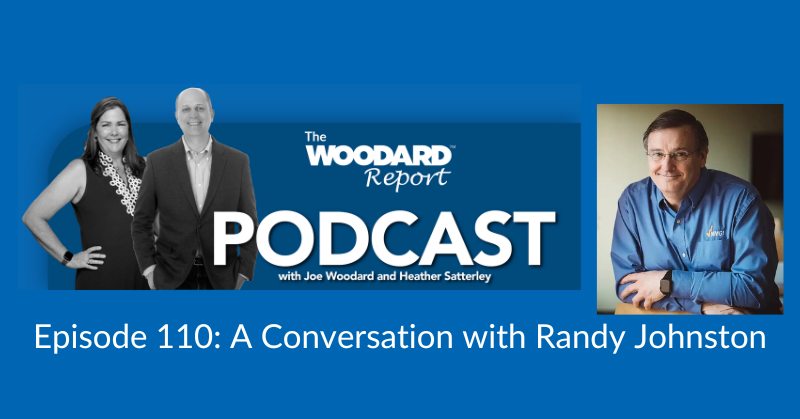Pricing conversations are often seen as the most uncomfortable part of client engagement, particularly in professional services like accounting. Many practitioners approach these discussions with hesitation, unsure of how to assert their value without coming across as overly sales-driven. But what if pricing conversations weren't about selling at all?
Instead of framing these discussions around cost, accountants and client accounting services (CAS) professionals can reposition pricing as a conversation about value, purpose, and alignment. When handled with clarity, empathy, and confidence, pricing conversations can build trust, enhance client relationships, and solidify your role as a strategic advisor.
It's not about you—getting you is their win
One of the biggest mental shifts accounting professionals can make is recognizing that pricing isn't personal. A prospect declining your services isn't a rejection of you; they may simply not be ready for the professional level of services you offer. When you approach pricing from the perspective that "getting you, and your experience is their win," the conversation becomes about whether the client is ready to invest in outcomes, not just services.
You set the price and the language
In many industries, the provider sets the price and frames the value. Consider how Honda and Starbucks communicate their pricing. You don’t build an Explorer or a RAV4 at Honda—you build a Pilot or a CR-V. They establish a strong brand and create an experience that reinforces their pricing. Starbucks has gone so far as to change the language itself; you don’t order a medium, you order a Venti. Neither company justifies the cost of their products by comparing them to cheaper alternatives. Similarly, in accounting, you have the opportunity to set the terms and define the narrative. You determine the language that frames your services, and you position your pricing based on outcomes, not hours.
Begin with pain and purpose
A productive pricing conversation starts with understanding where it hurts. Identifying your prospective client's pain points and business challenges is essential. If there's no pain or purpose behind the engagement, there's likely no urgency or budget. Don’t be afraid to "poke the pain" until you hear the proverbial "ouch." This is where value is born. Your services become essential when they are clearly tied to relieving that pain.
Be ready, so you don’t have to get ready
Preparation is everything. Know your minimum acceptable pricing and be prepared to walk away if a prospect can’t meet it. Practice articulating your value and delivering your pricing statements with confidence. Get comfortable not only with your numbers but also with your scope of services. This preparation allows you to approach conversations with clarity and professionalism, reducing the chance of negotiation fatigue or underselling.
Have responses ready for common objections, such as “That sounds expensive.” A calm and curious response like, “What does that mean to you?” or “What is expensive to you?” can be disarming and informative. These questions shift the focus from defending your price to understanding the client's perception of value. Remember, it’s not about you—your price reflects your value. These moments are opportunities to explore where the disconnect lies and to reinforce the outcomes your services provide.
From expectations to agreements
Avoid vague expectations by seeking clear agreements. Expectations are often unspoken, leading to misunderstandings and dissatisfaction. Agreements, on the other hand, are explicit and mutually accepted. They form the foundation of a healthy client relationship and reinforce your authority and professionalism.
You are ridiculously in charge
This may be the most empowering mindset shift of all. As the professional, you guide the engagement. Clients come to you for your expertise, and it’s your responsibility to lead the conversation—not follow it. Stop “selling” and start listening. Ask curious, open-ended questions like, “What makes you think that?” and embrace the power of silence. Often, it’s in those quiet moments that the most meaningful reflections occur.
If a client fixates on cost, redirect the conversation back to value. Ask how their current solution is working or what the impact would be if they didn’t resolve the issue. One effective approach is to invite them to imagine the problem solved: “How would that change your week or stress level?” These types of questions re-anchor the conversation in outcomes rather than expenses.
Conclusion: value is the goal
Pricing conversations aren’t about pushing a service—they’re about uncovering needs and demonstrating that your firm is best equipped to meet them. By focusing on value, setting clear expectations, and leading with curiosity and confidence, we can transform these discussions from awkward negotiations into strategic dialogues.
In a profession built on trust and accuracy, mastering the art of the pricing conversation may be one of the most valuable skills a practitioner can develop. And as with any skill, preparation and practice make all the difference.
.png?width=150&height=63&name=TWRlogo-regmark_blueblack%20(1).png)
.png)










Do you have questions about this article? Email us and let us know > info@woodard.com
Comments: